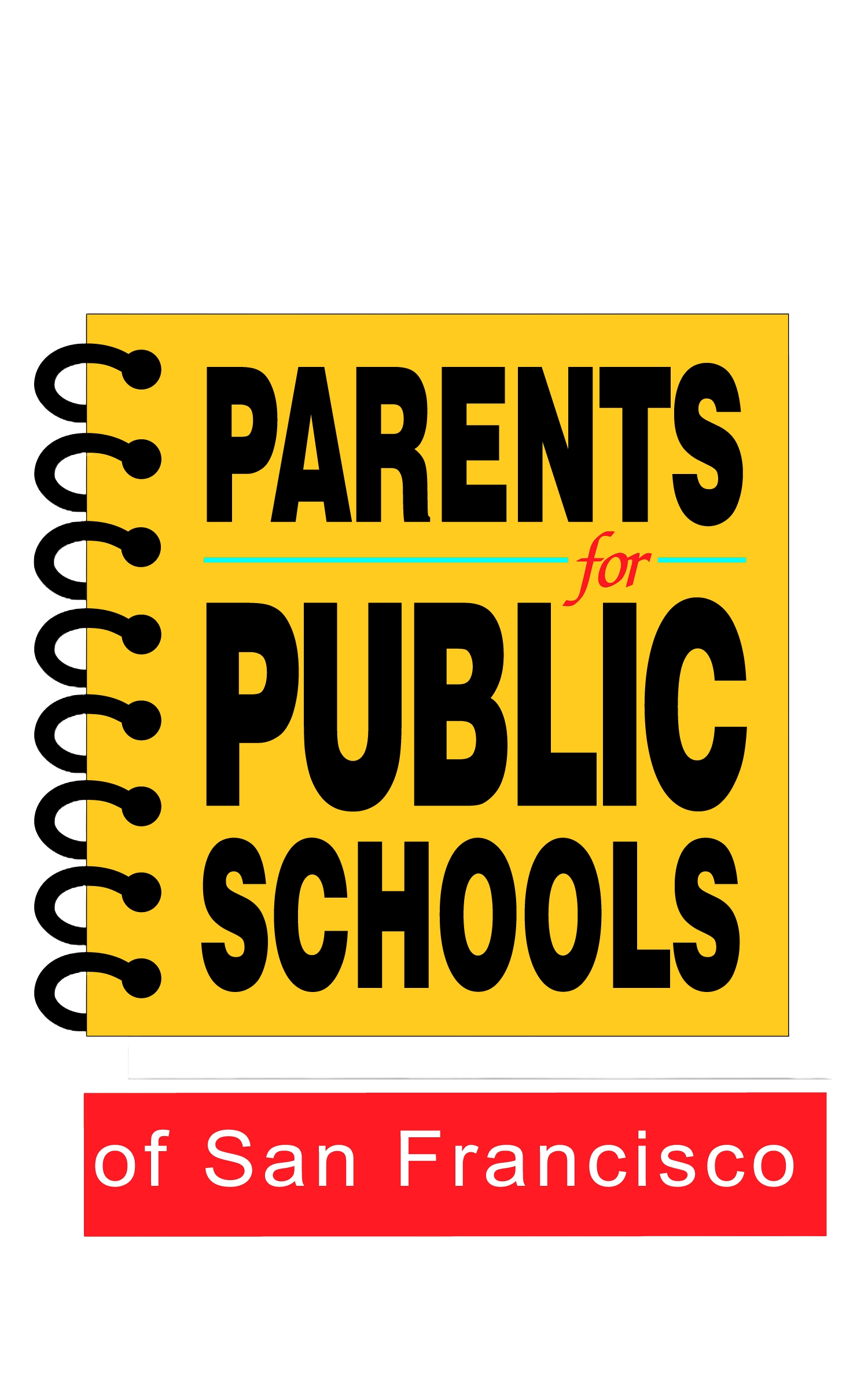🏫 What Happens When Schools Are Left Behind?
The San Francisco Unified School District is facing a $113 million budget-deficit for the 2025 – 2026 school year. Although Superintendent Dr. Maria Su stated in a town hall that there were no longer plans to lay off essential staff, nor close schools, the future of public schools is still uncertain.
As previously stated, the deficit plans to be addressed through a multi-pronged approach:
Central Office Reduction - A significant portion of the budget-balancing plan involves reducing costs with the central office. Specific staff roles may see reductions of 20% to 100% of their positions.
Supplemental Employee Retirement Plan (SERP) - This plan offers employees an incentive to retire early, helping to reduce personal costs. This is a key strategy to minimize the impact on teaching and support staff.
Prioritization of essential services – This means focusing resources on maintaining essential services for students. That includes prioritizing personnel in roles such as principals, teachers, and support staff directly involved in instruction and student wellbeing.
And due to these efforts, as of March 15 there have been no layoff notices given to staff, there are still questions being raised about the implementation of this approach and whether the budget is being used appropriately.
According to the district's new staffing guidelines, schools will only be able to hire new social workers, nurses, librarians, and counselors, after those roles are covered at their campus. However, hiring for additional roles like English language and intervention specialists will be on hold until 92% of classroom teaching positions are filled across the teaching field.
Although the district is facing a crisis, there are still many questions that we must continue to ask and uphold of the district:
How will the district make up for the lack of teacher retention?
If they plan to increase class size, what is the loss in learning?
What are the plans to address social emotional learning of students and teachers given the increase in class sizes?
How do they plan to combat absenteeism if class sizes go up?
It is a great accomplishment to acknowledge that there will be no teacher layoffs, there is still the concern about support staff being a priority.
We cannot assume that a single teacher of a class size of 36 students is able to manage and support each student through their educational success.
It would be remiss to not question the impact of these potential cuts and changes, especially the impact on employees and students. It truly is a trickle-down effect.
When we prioritize the wellbeing of our students, we will see positive change in every other area like enrollment or teacher retention.
While it may seem that a small hurdle has been won in this ongoing crisis, parents are still concerned for their children’s educational success, as they should be.
As community members, parents, caregivers, we must continue to advocate for the full reach of our public schools and that means asking questions on the continued impacts of these potentially devastating cuts.
Public education is the cornerstone of our society – we see that in the dismantling of the Department of Education by the current administration.
If it is not advocated for, we are leaving our children and our schools behind.

